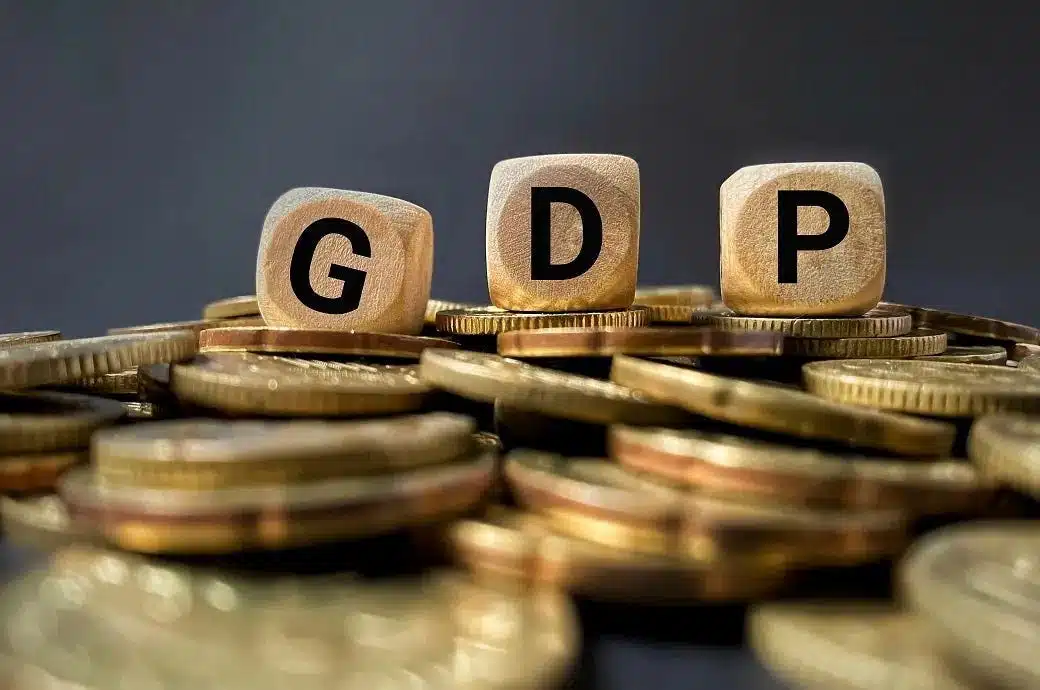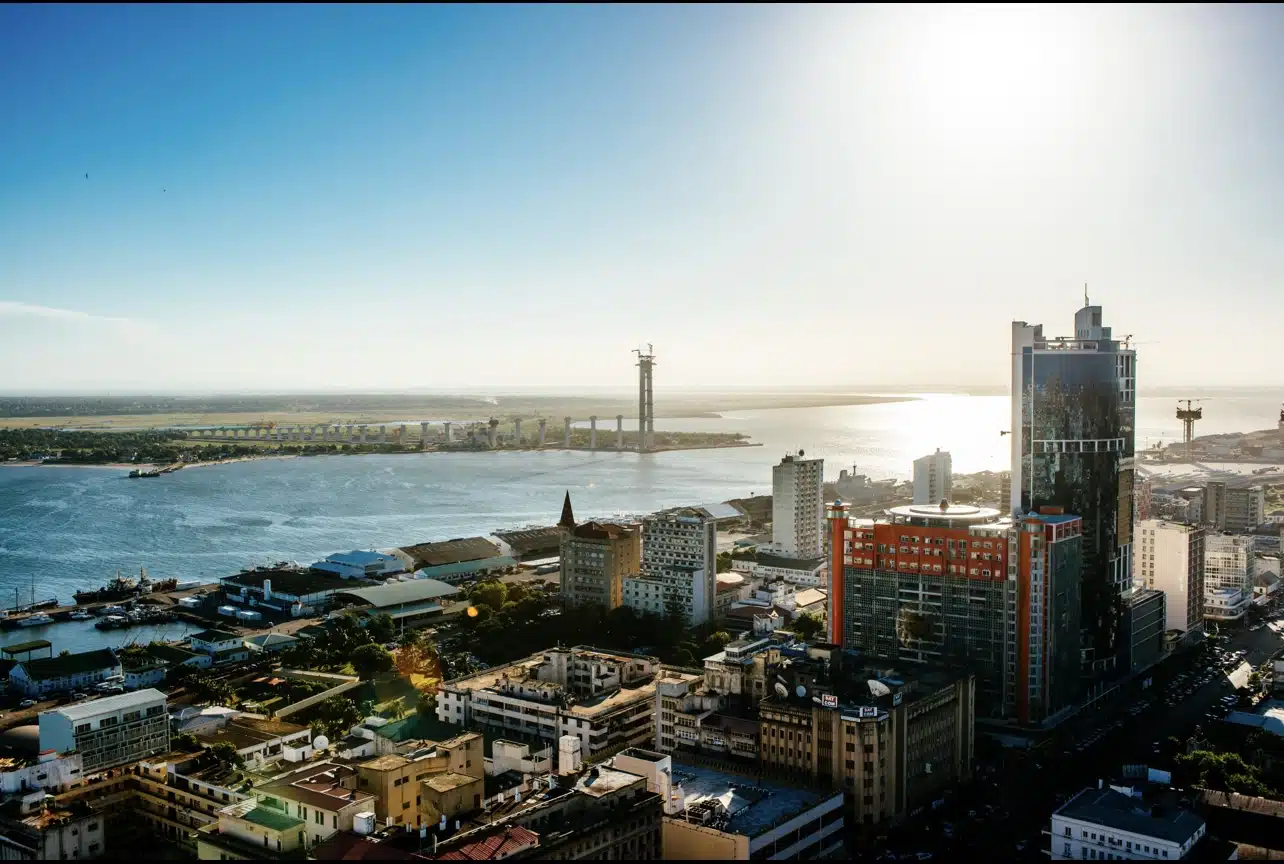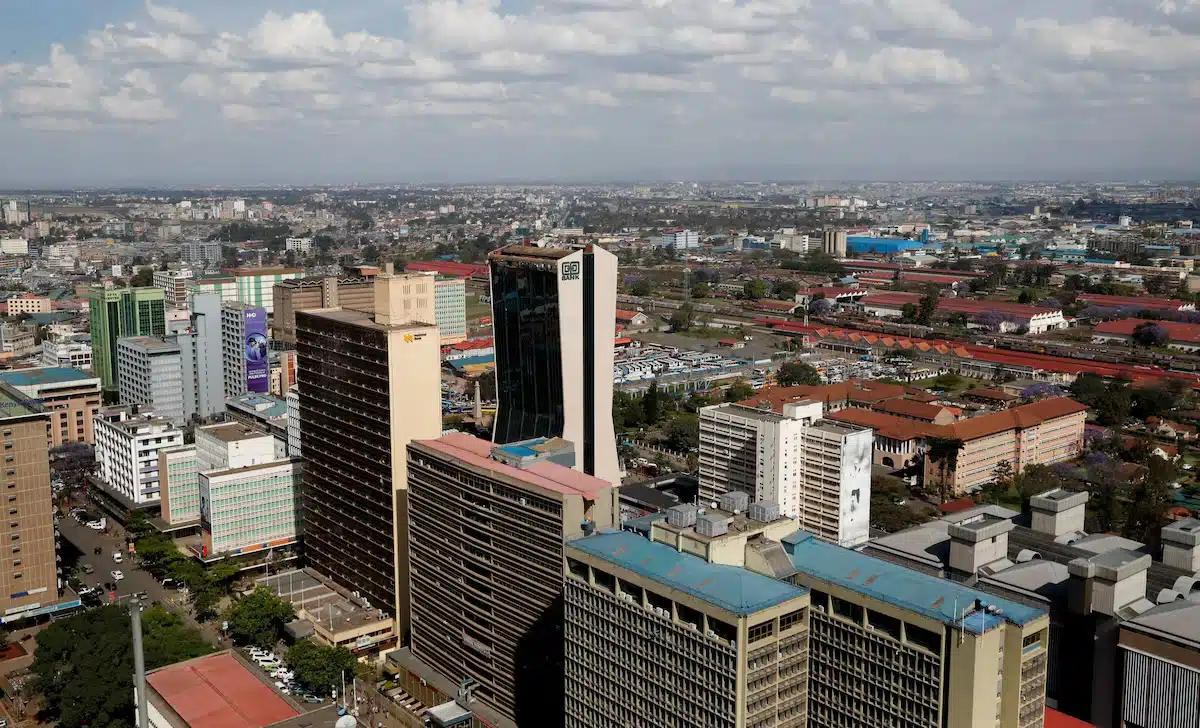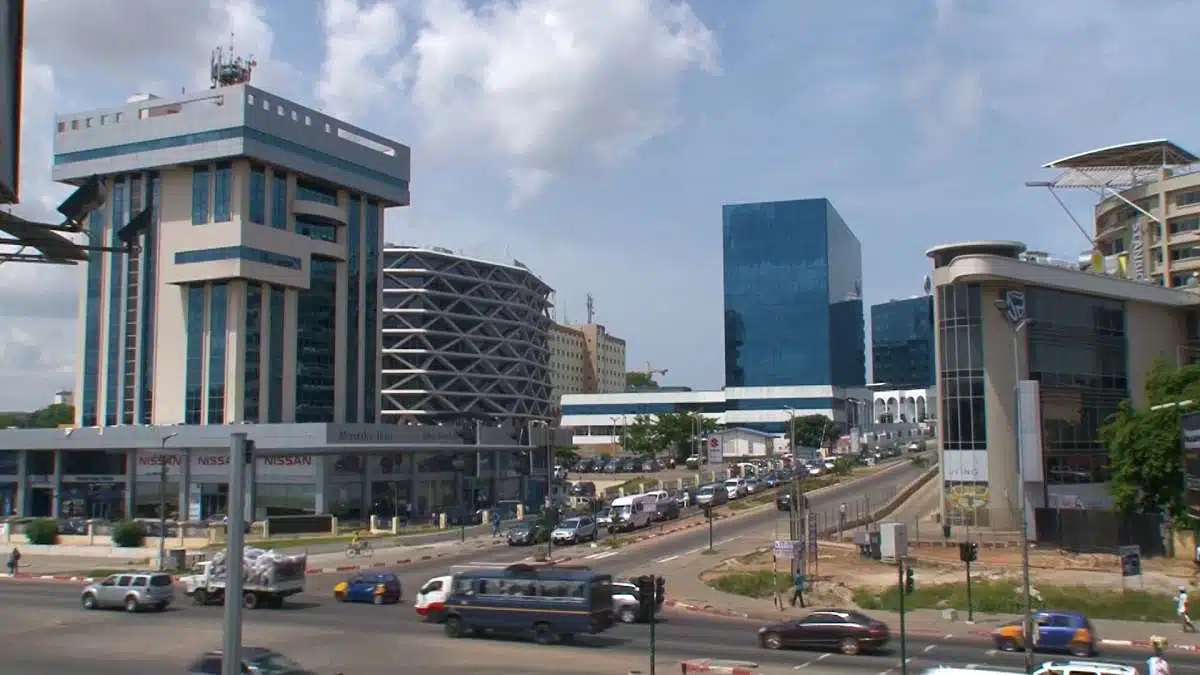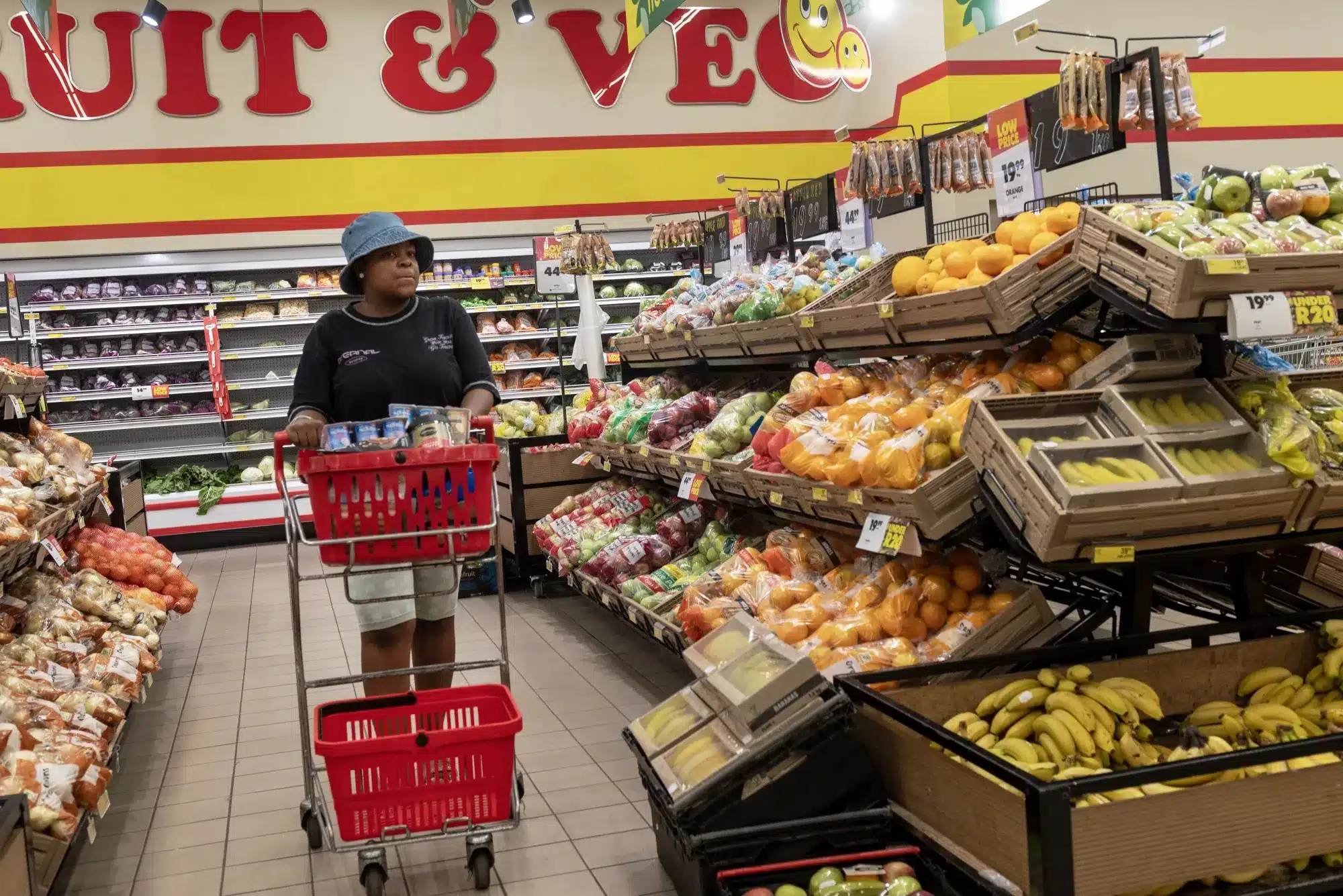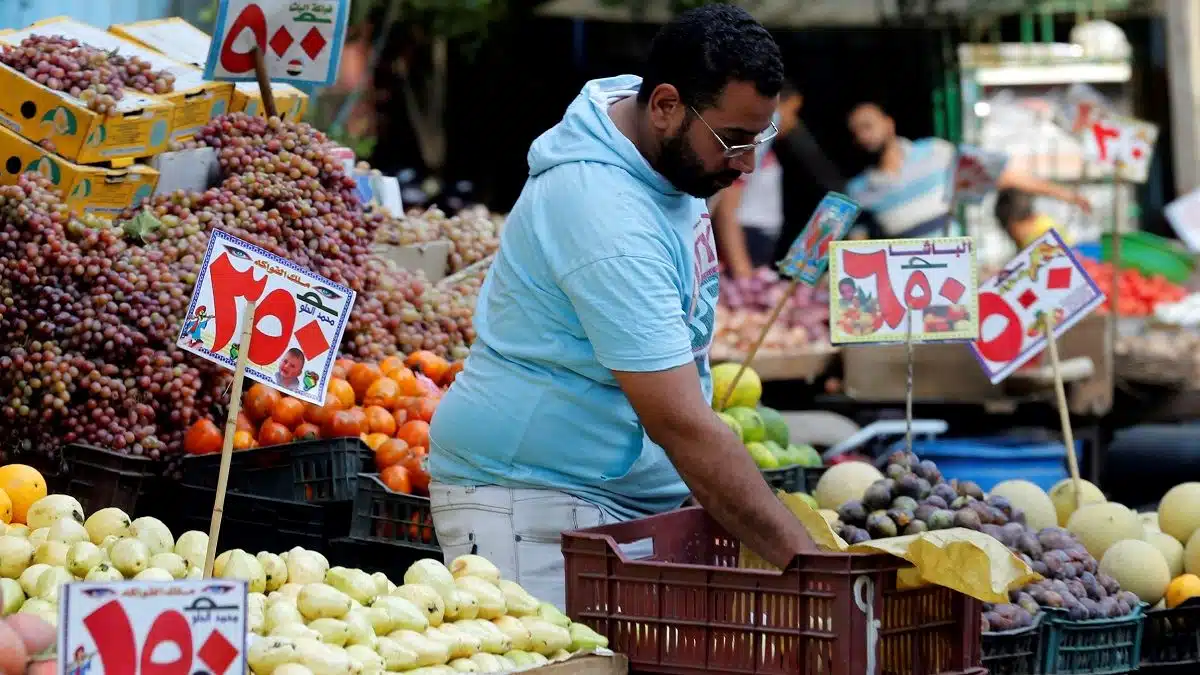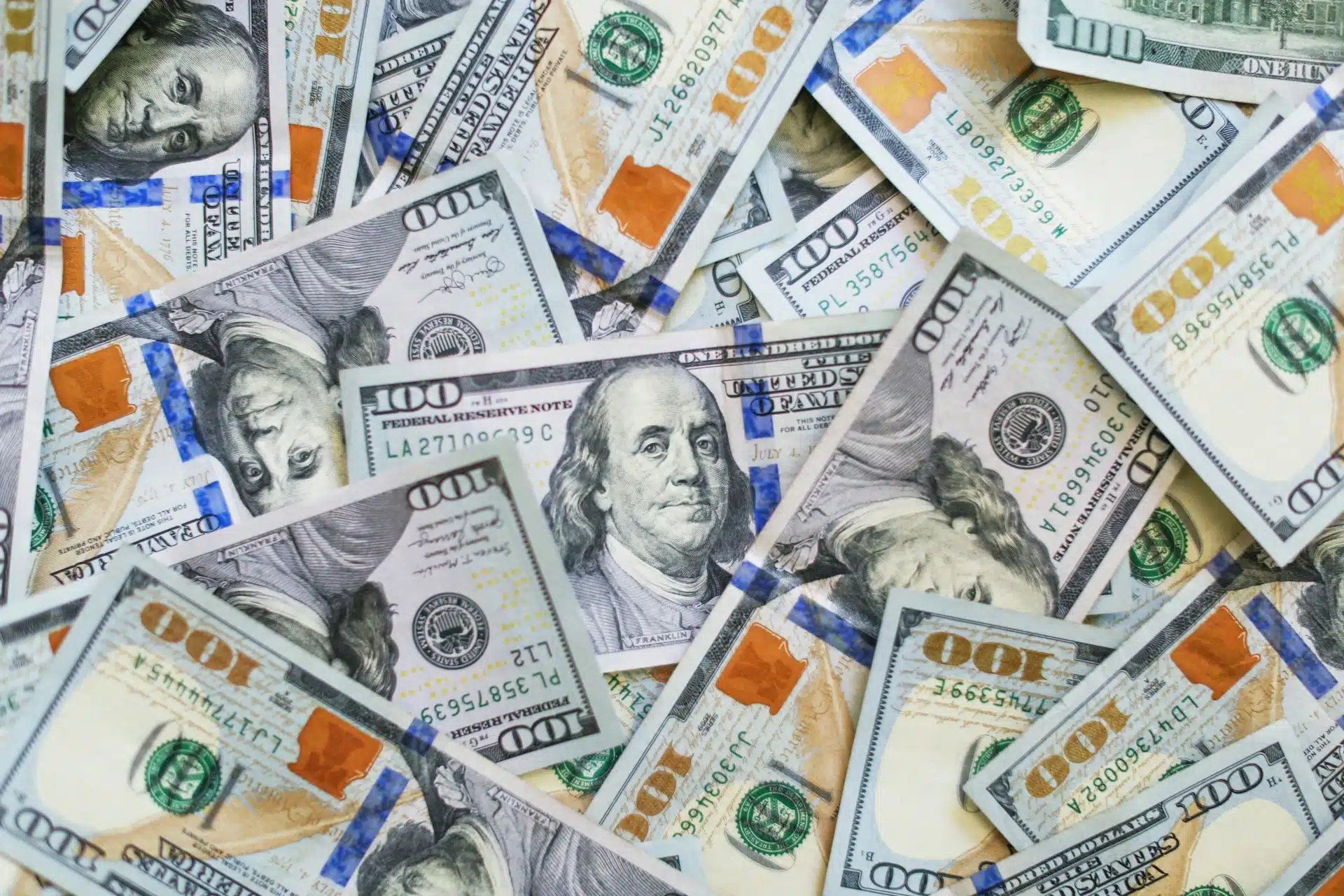Kenya’s economy expanded by just 4.2 percent in 2024, the slowest pace since the 0.3% pandemic-induced contraction of 2020, according to new data released by the Kenya National Bureau of Statistics (KNBS).
The slowdown has prompted the government to place private sector growth at the centre of its 2025 recovery plan which sees the economy expanding by 5.4%.
Finance Minister John Mbadi, who disclosed the 2024 figures during a briefing in Nairobi on Tuesday, said “anticipated declines in interest rates are expected to make private sector credit grow, boost economic activity and accelerate overall economic growth.”
Kenya’s central bank has cut its benchmark interest rate by 300 basis points since August 2024, bringing it down to 10 percent.
The government expects this easing cycle to encourage private sector lending and stimulate economic activity across key sectors, especially agriculture, manufacturing, and services.
In 2024, growth was dampened by several domestic headwinds.
Anti-government protests against new tax hikes disrupted business operations and led to the deaths of at least 60 people.
Severe floods also destroyed critical infrastructure and agricultural output, causing growth in the agriculture sector to slow to 4.4 percent from 7.1 percent the previous year.
To discourage a repeat of the deadly unrest, Mbadi on Tuesday clarified that the 2025 Finance Bill doesn’t include any new levies or tax increases, rather it focuses on plugging administrative loopholes and strengthening tax revenue collection.
However, the bill proposes the removal of several tax exemptions—including those on mobile phones, pharmaceuticals, and animal feed—as part of efforts to reduce tax expenditures estimated at $3.1 billion.
Despite the government’s optimism, growth in 2025 may still face risks.
The International Monetary Fund recently downgraded global growth forecasts due to escalating trade tensions between the US and China. Kenya’s growth outlook was revised down to 4.8 percent from an earlier estimate of 5 percent.
In addition, upcoming public spending cuts, part of ongoing fiscal consolidation efforts, could weigh on demand and investment.

